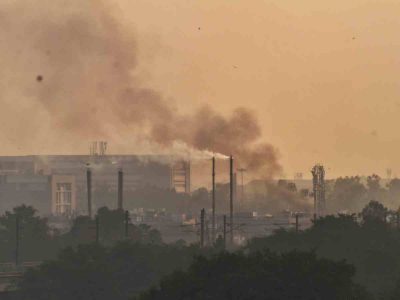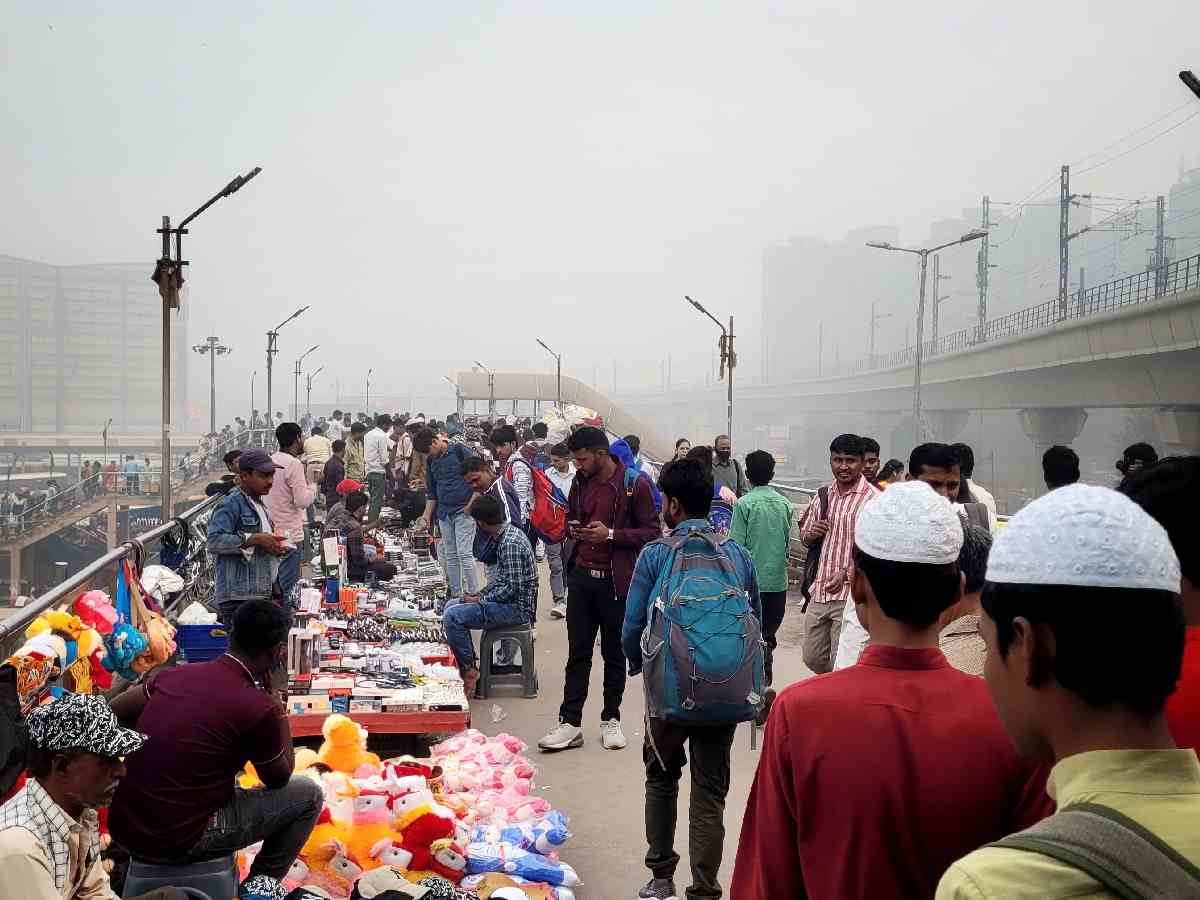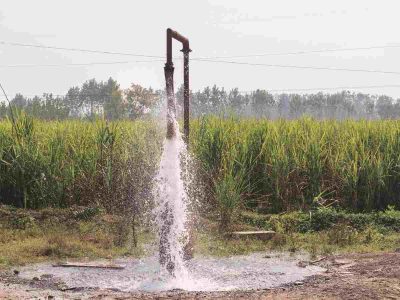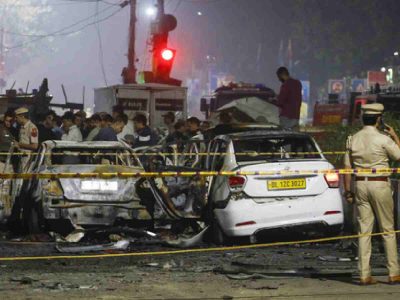As Delhi’s air quality fluctuates between the ‘severe’, and ‘very poor’ categories, efforts to improve the AQI remain a constant challenge.
The Capital’s highest AQI of the season — 494 — was recorded on November 18, and in some of the 13 pollution hotspots, the reading was as high as 1700. On November 29, the AQI was recorded at 329, categorised as ‘very poor’.
Pollution hotspots identified
On October 11, the Commission for Air Quality Management (CAQM) identified 13 pollution hotspots in Delhi. These hotspots are Anand Vihar, Mundka, Wazirpur, Jahangirpuri, RK Puram, Rohini, Punjabi Bagh, Okhla, Bawana, Vivek Vihar, Narela, Ashok Vihar, and Dwarka.
Anand Vihar and Mundka had the highest number of pollution sources. This year, 57 sources were identified across the 13 hotspots, compared to 67 in 2023.
CAQM checks found that dust and vehicular emissions were the primary sources of pollution, especially around the construction of the Regional Rapid Transit System (RRTS) between Delhi and Meerut near Anand Vihar, and the UER-II highway at Mundka.
Industrial operations in Delhi also contribute significantly to pollution. Wazirpur has numerous factories, including those involved in metalwork, steel, and toy manufacturing. Most factories have chimneys, but they are not tall enough to meet government standards. Taller chimneys help disperse pollutants over a wider area, reducing the concentration of harmful substances at ground level and minimising the impact on nearby residents.
Also Read: Over 20,000 complaints received by Delhi’s Green War Room; GRAP-IV violations see an uptick
According to CPCB, factory chimneys should be at least 30 metres (90 feet) high. However, most of these factories have chimneys that are only about 20 feet high. Many workers, primarily migrants from nearby states, reside in close proximity to these factories. The high levels of pollution severely impact their quality of life, making daily activities challenging.
Industrial emissions
“The emissions are worst in the morning and evening when factories close,” said Arvind Kumar, a 22-year-old resident. “Although some factories that used to pollute have been shut down, others still make living here a pain. Breathing and seeing become difficult for hours.”
Residents have complained about eye irritation, but their complaints have not been addressed. The pollution not only affects visibility but also causes temporary blindness at times.
Dheerender Kumar, 42, a resident and factory worker, said that pollution levels had decreased but then spiked again, causing health problems. “At the start of November, pollution was very high. It went down in the middle of the month but then got worse again. This has caused many problems, especially with vision and breathing,” he said.
Dheerender added that the problem starts as soon as they leave their houses or the factory. “I work in a factory that does not involve smelting or polishing, so there are no emissions. But when I leave the factory or my house, a thick layer of dust forms on my eyes. It becomes very hard to see anything. My eyes get red, and even if someone is standing in front of you, it is too blurry to see. The irritation is painful, and it keeps getting worse,” he said.
Similarly, Bhiru Kumar, 32, who lives in the Wazirpur Industrial Area, said pollution levels had increased because the government ignored the area. “Nobody comes here to ask how we are doing. Neither the Delhi government nor the Municipal Corporation of Delhi (MCD) cares about how people in JJ clusters live. This also stops us from complaining because they will not listen,” he said.
Bhiru works at a firm in Gurugram and is concerned about the lack of hygiene in the area, along with emissions from factories. “Most of the dust comes from broken drains and roads. This should have been fixed by now, but nothing has happened. Dust particles stay in the air. Factories make things worse. We just have to deal with the irritation by washing our eyes until it gets better. There is nothing else to do except move out,” he said.
Livelihood vs health
Jahangirpuri, which has many industries, is also a pollution hotspot. The Jahangirpuri Industrial Area has factories involved in spice grinding, metalworks, and plastic manufacturing. Because of the variety of industries, the air is usually polluted, especially with constant vehicular movement. Despite the pollution, residents need these industries for their livelihoods.

“It is true that the factories emit harmful pollutants, but many of us depend on them for our livelihood. Sometimes the factories need fewer workers, and during these times, we suffer. For the poor, pollution is not our main concern; we need to think about surviving each day,” said a resident, who wished to remain anonymous.
Pollution also affects areas with ongoing construction. Punjabi Bagh is experiencing multiple construction projects inside residential areas, despite Stage-4 of the Graded Response Action Plan (GRAP) being in place, which prohibits construction work.
Government inaction and public frustration
Anand Vihar has high pollution levels because of the factories, a railway station, a bus depot, and its proximity to Kaushambi’s bus terminus. This has made Anand Vihar the area with the highest AQI.
“Most of the pollution comes from Uttar Pradesh’s Ghaziabad. The emissions mix with vehicle emissions from the terminus and railway station, which makes the AQI worse,” said a senior MCD official.
Residents believe the government has not done enough to reduce pollution. “It does not matter where the pollution is coming from. The government’s job is to eradicate it, not give excuses,” said Ramani Mehra, a resident.
The highest AQI this week was recorded at Anand Vihar at 423 at 6 PM on Monday, in the ‘hazardous’ category. Jahangirpuri recorded 358, Wazirpur 309, and Punjabi Bagh 273.





